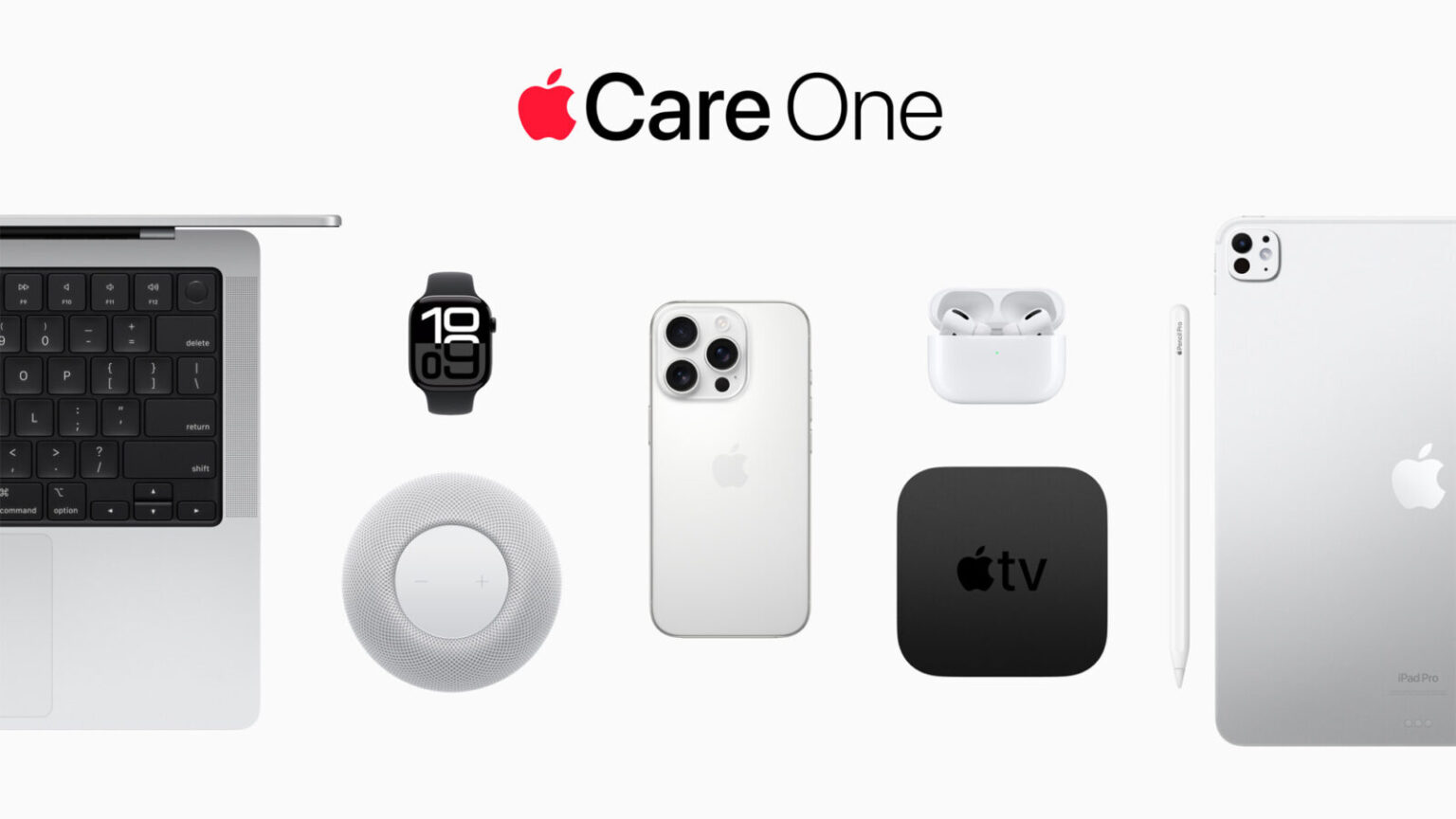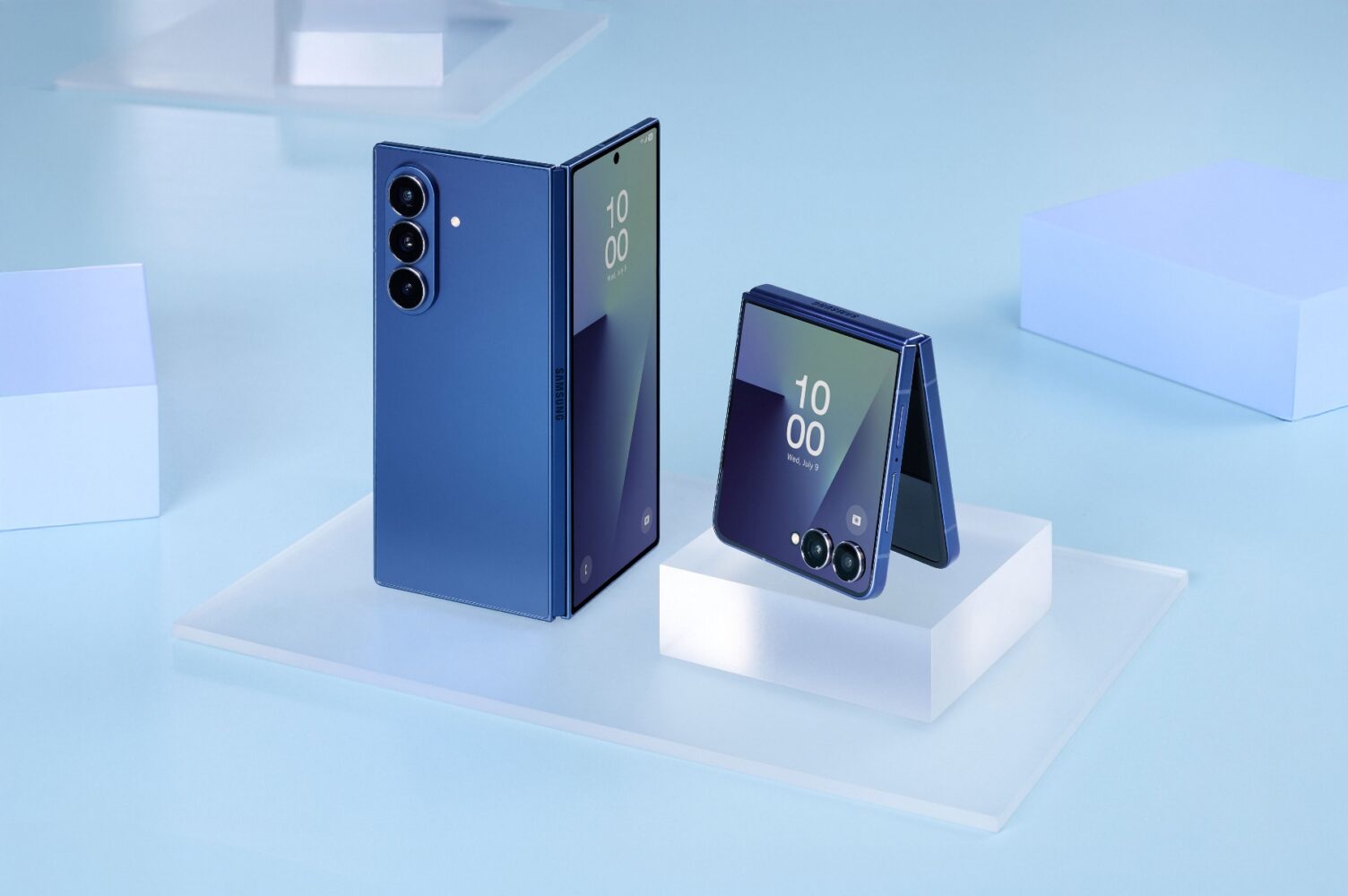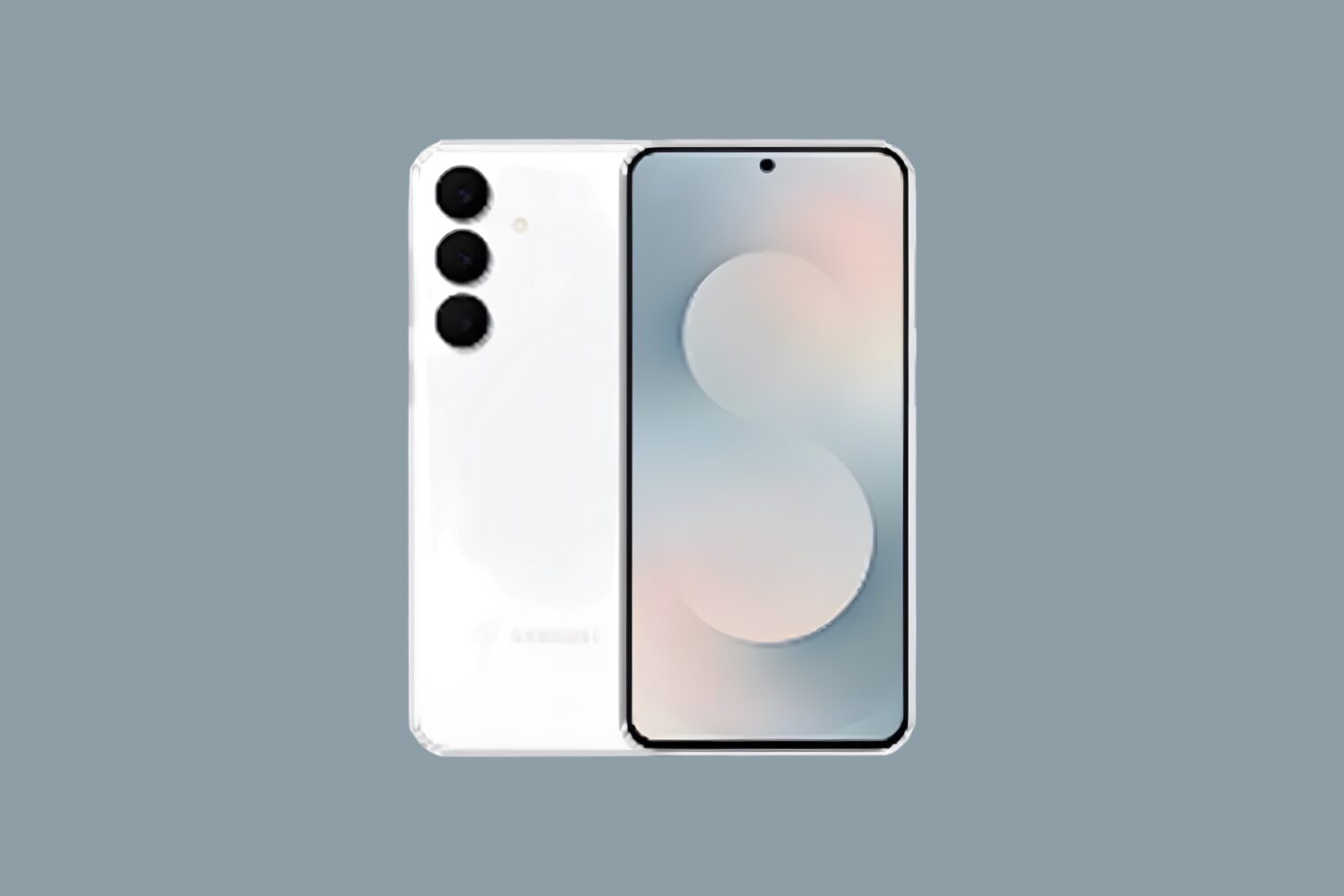Apple introduced AppleCare One, a subscription service designed to unify and simplify protection for multiple Apple devices under a single monthly plan. Priced at $19.99 per month for up to three products, with the option to add more for $5.99 each, AppleCare One aims to streamline how users manage device support and repairs—especially for those already embedded in the Apple ecosystem.
The plan will be available in the U.S. starting July 24, with sign-up options directly via iPhone, iPad, Mac, or in-store.
Rather than replacing existing AppleCare+ plans, AppleCare One builds on them by consolidating coverage. It retains key benefits—like unlimited accidental damage repairs, 24/7 Apple expert support, and battery service—but extends loss and theft protection to include iPad and Apple Watch, not just iPhone. That broader coverage is one of the few meaningful changes, particularly for customers who carry multiple Apple products daily.
One of the standout features is flexibility. Unlike AppleCare+—which has traditionally required purchase within 60 days of buying a new product—AppleCare One allows users to add older devices up to four years old, provided they’re in working condition. Products must be linked to the user’s Apple ID and pass a hardware diagnostic, either through a device or at an Apple Store.
For families or individuals juggling multiple devices, the flat-rate pricing structure could offer real savings. Apple claims users can save up to $11/month by bundling three devices into a single AppleCare One subscription compared to separate AppleCare+ plans. And with devices frequently swapped or upgraded, AppleCare One includes automatic plan management: trade-ins or replacements through Apple will update coverage automatically, without requiring manual plan adjustments.
Notably, the program is structured to grow with the user’s device portfolio. Customers can remove or replace devices as needed, giving it an advantage over traditional per-device protection schemes. While deductibles and service fees still apply, this kind of plug-and-play model marks a shift toward more service-centric thinking at Apple—a sign the company is paying closer attention to long-term device usage and lifecycle management.
Whether AppleCare One catches on beyond Apple’s most loyal customers remains to be seen. But for those already deep in the ecosystem, this move could make Apple’s repair and support services significantly more approachable—especially for households with a mix of older and newer hardware.






